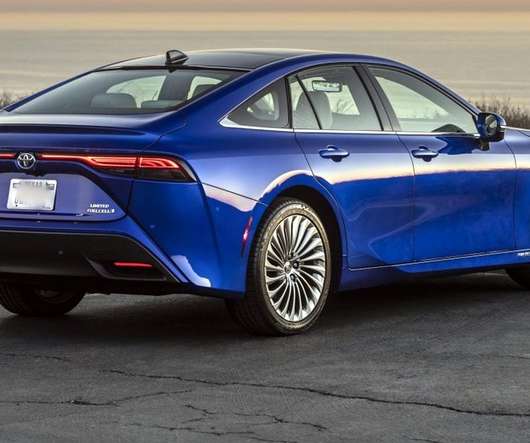Cornell team develops aluminum-anode batteries with up to 10,000 cycles
Green Car Congress
APRIL 6, 2021
This magnified image shows aluminum deposited on carbon fibers in a battery electrode. A very interesting feature of this battery is that only two elements are used for the anode and the cathode—aluminum and carbon—both of which are inexpensive and environmentally friendly. They also have a very long cycle life.



















Let's personalize your content